#mokuroku
Explore tagged Tumblr posts
Text

Toaru Majutsu no Kinsho Mokuroku series banner
#Toaru Majutsu no Kinsho Mokuroku#A Certain Magical Index#Kogino Chuuya#Gangan series banners#series banners
5 notes
·
View notes
Text
A Certain Magical Index, The Old Testament Omnibus

Knowing the quality of the Spice and Wolf equivalent of this omnibus, I had pretty high hopes for the quality Yen Press would give this sort of release. I was most definitely not disappointed. Such a bespoke release that borrows from interpretations of a high quality bible while imposing a style more similar to Magical Index's upon it, it certainly a piece that will stun many people. I'd also really like to go into more detail about this reasonably insane release.
So first things first, the cost. It's not what you'd call cheap. Not by a long shot. At retail, it's 315CAD. But, the thing to remember is that this is 24 (not 22, but 24. Includes 2 side story vols as well) volumes of content in a single release. It works out to an average of 13CAD per volume in this omnibus, which in and of itself is a good deal if you're able to front that amount of money. Of course, that doesn't take into account the size or quality or extras that come with this style of release, so depending on how much you like what Yen Press is putting down, it gets to be an even better deal.
If at all possible though, I can't recommend enough waiting for a sale to pick this up. I got mine for a total of roughly 30% off thanks to a sale and some gift cards, so I paid just about 220CAD. That's a little over 9CAD a volume which is a steal. So yeah, if you didn't get on a sale, try waiting for one.
Now, onto packaging. I've had quite a few... issues with Indigo and how they package larger orders, so I had my reservations about it. Thankfully, and this is a very big thankfully, Yen Press has packaged this volume incredibly well. Foam padding on all the corners, a layer of foam on the top and bottom, all contained within a very sturdy box that Indigo packed into one of their own. Yen Press really made sure there'd be no reason to worry about the sort of condition you'd get your copy in.
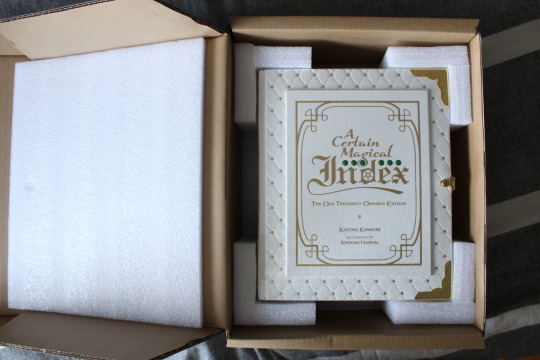
Okay, so the fancy stuff. It might be hard to tell, but the exterior is entirely covered in fabric. It's not just a design or anything, but the actual texture and approach to the book itself, and it's super nice.
The gold accents are surprisingly tasteful and work really well with the white background. I had really thought it would be something that makes it look a little too gaudy, but it captures the flashy nature of those higher-end bibles quite easily.
On that point, the golden tinted pages are a really nice addition that adds to that bible feeling. The clasp helps with that feeling a great deal as well. The one thing I thought would really end up an issue is the green 'gems' on the cover. However, seeing it in person it's far less offensive than it may seem. They're not reflective, flashy, bright, or anything like that so it's a surprisingly subtle addition.

One thing that I feel like The Old Testament Omnibus does way "better" than the Spice and Wolf one is the spine. Yes, I do know that the Spice and Wolf omni is designed to be similar to a medieval text and so it's pretty stripped down. However, I don't think that means that it can't be a little more fancy or detailed considering how plain the leather texture is on it. The idea between the horizontal lines and the use of the stars in the patterning just adds a lot more life to a spine that's designed in effectively the same way as the Spice and Wolf one. Simple changes, but ones that add more life and intricacy.

And just for good measure, here's the back cover. I really like how there's raised sections on both covers, as it continues to add to the details and little bits that make this seem so "fancy" and high end.
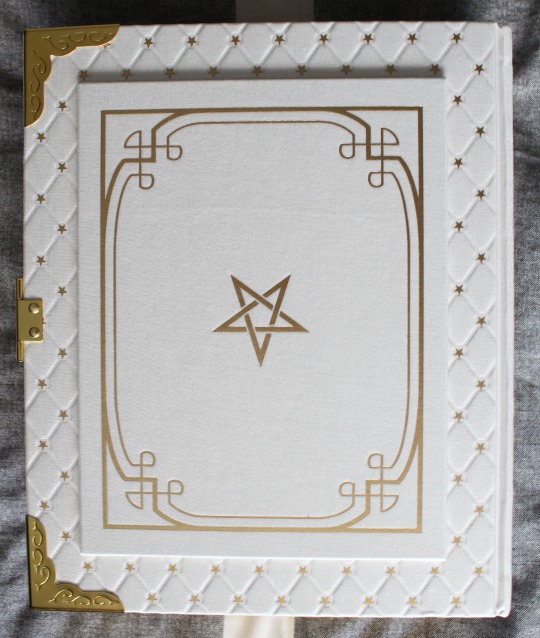
Overall, it's a very solid evolution from Yen Press' most recent All-In-One. Great design and creativity that stays true to the series while incorporating useful extras at a pretty damn hard to beat price point. For any Magical Index fans out there..... I mean. You should get it if you can afford it and don't already have the singles.
#magical index#a certain magical index#to aru majutsu no index#toaru majutsu no index#とある魔術の禁書目録#toaru majutsu no kinsho mokuroku#light novel#light novel recommendation#light novel review#manga haul
9 notes
·
View notes
Text

#2020#j-indie#japan#苜録 -MOKUROKU-#MOKU#苜録 MOKUROKU#alternative rock#soft rock#夢枕#By My Pillow When I Dream#Bandcamp
0 notes
Note
I realised during Erikaes, okiyas would have white posters with small colourful designs with calligraphy. What are those called and what is their purpose?
They're called Mokuroku (目録). They have the name of the celebrant and the person who sent them written on it along with a picture of a lucky symbol. The purpose of them is to wish the celebrant good luck and to show off how well connected the celebrant is as they're usually sent by famous kabuki actors, restaurants, and customers ^^
14 notes
·
View notes
Text

魔法図書目録/Mahou Dosho Mokuroku by Studio H.E.X. (Comiket 70)
5 notes
·
View notes
Text
Anecdotes about Hijikata Toshizo
When he was a child, he used to practice sumo wrestling naked on a pillar in his house after getting out of the bath. The pillar still remains today.
When his nephew (Tamekichi, Sato Hikogoro's third son) fell down in the garden and cut his forehead, he immediately rushed to the scene. He laughed and said, "The boy has a wound on his face now. Congratulations! Congratulations!"
The only extant record of Toshizo in the Tennen Rishinryu dojo is the Chugokui Mokuroku. It seems that he was unable to let go of the habits of the various styles he had learned while peddling. However, it’s said that he was very strong in actual combat. (During a swordfight, he would hit his opponent with the sand under his feet and cut him down while he flinched, or strangle him by throwing his haori at him.)
He is said to have devised strict rules, such as "jinchu-hojo" and "kachu-hojo," and to have showered his merciless blade on traitors and outcasts, earning him the nickname "Demon Vice-Commander", and is usually described as a ruthless man. However, according to Nakajima Noboru, a Shinsengumi member who even followed him to Hakodate, at the time of the Hakodate War, he was "mild-mannered and adored like a mother. It is said that he often took young soldiers out to eat and drink and gave them advice.
He was a kimono maker, so he was better than most women at cutting fabric with scissors.
He loved takuan (pickled turnips), and once received a whole barrel of it as a souvenir from a relative's house.
He had a face that was popular among women. The sister of a Byakkotai member wrote in her diary of the day she accompanied her brother to see Toshizo, "He was a nice, fair-skinned man."
He was also described by men of the same sex as a handsome man.
And a little more about the secret story of the formation of the Shinsengumi...
The man behind the formation of the Shinsengumi was Hijikata Toshizo's brother-in-law, Sato Hikogoro (husband of his sister Nobu).
He was under the direct control of Egawa Eiryu (江川英龍), a shogunate vassal, and it seems that Egawa approached him with the idea of a farmer's army, which he passed on to Toshizo.
The Shinsengumi, a meritocratic organization controlled by Toshizo that did not depend on status, seems to have been an implementation of Eiryu's modern concept of a farmer's army.
Interestingly, Eiryu was also the teacher of Sakuma Shozan, and through Shozan, his student Yoshida Shoin may have drafted the original idea of the grassroots soldiers, "Kiheitai".
The Shinsengumi and the Kiheitai may have shared the same roots 😲
Kondo Isami and Hijikata Toshizo met through the dojo that Hikogoro built in his house. He was also a financial supporter of the Shinsengumi.
Without Sato Hikogoro, the Shinsengumi might not have existed.
References
歴史群像シリーズ 土方歳三
新 歴史群像シリーズ 土方歳三
聞き書き新選組, by Sato Satoshi (descendant of Sato Hikogoro), published by Shinmono Oraisha, Inc.
子孫が語る土方歳三, by Hijikata Megumi (descendant of Kiroku, Hijikata Toshizo's elder brother), published by Shinbunjo-Oraisha.
Kondo Isami, Hijikata Toshizo, Sato Hikogoro, Egawa Eiryu in Wikipedia
Other information on fan sites, and many books by 新紀元社 and 新人物往来社.
39 notes
·
View notes
Photo

Amber Buddhist rosary, with color-lacquered container with the motif of tree peony and wild boar. Prayer beads: Nara period/8th century, Container: Kamakura period/13-14 century
Nenju, also called Juzu, is a string of beads or a rosary, generally used in Buddhist services even now. Originally, a certain number of beads (basically 108 beads) were strung on thread and used for counting the chant of repeating the name of Amida (Shômyô) or Darani (magical words). The two strands of Nenju in N-287 and N-288 are considered to be those listed in “Kokin-mokuroku-sh” (the Catalogue of the Ancient and Modern) written by Kenshin in the Kamakura period (1192-1333) and “Onshariden-houmotsu-chûmon” (Order-book of Treasures for Reliquary Hall) collated in Tenmon 19 (1550), as one of the treasures enshrined in a reliquary hall. The Nenju in N-287 and N-288 come with a small lacquered case with a lid (J. Gousu), with the peony and cat patterns in the Kamakura period and a gilded bronze one with the pattern of Chinese milk vetch in the Edo period (1603 - 1868), respectively.
#artifact#Amber Buddhist rosary with color-lacquered container with the motif of tree peony and wild boar
5 notes
·
View notes
Text
Put your music on shuffle and list the first ten songs that come up, then tag ten people. (Tagged by @honestlyvan)
Naturaleza Muerta by Mecano
Darkness - New Blood Version by Peter Gabriel
Hero by Regina Spektor
禁書目録―天使幻覚《婬鬼論》篇― (Kinshou Mokuroku ―Tenshi Genkaku 《Inkiron》 Hen―) by JA SEAZER
Ave Maria, D. 839 by Franz Schubert, sang by Renée Fleming
Nine Point Eight -special edit- by Mili
Vestido Azul by La Oreja de Van Gogh
Help, I'm Alive by Metric
The Good & The Bad Guy by My Brightest Diamond
今際の死神 (Imawa no Shinigami) by Megumi Hayashibara
I'm too shy to tag anyone, but feel free to blame it on me if anyone wants to do this
5 notes
·
View notes
Text
I'm doing some wiki editing for my bday (lmao) so I figured I'd share an in-progress page from the Thunderbolt Fantasy wiki that I'm already proud of:
still a long way to go! I want to get a few pictures on this page before I start setting up SEO stuff.
#Thunderbolt Fantasy#東離劍遊紀#TBF#Thunderbolt Fantasy Wiki#Sorcerous Sword Index#new supes tag just dropped#wiki talk#my seo technique is going to be making the index page on the fandom wiki an inch tall#and hoarding all this info for the mrhz wiki LMAO
4 notes
·
View notes
Text
Boku to Kanojo no Renai Mokuroku
Mizuhara Ritsu loves both the 2D beauties of eroge and elementary school students. Also, his friend Bungo is jealous of how he seems to be surrounded by cute girls–there’s his little sister Miri, his tsundere childhood friend Akari, and kuudere Hatori. One day, Bungo tells Ritsu about an anonymous blogger who writes about the future, and whose vague online self-description seems to match Ritsu.…

View On WordPress
0 notes
Quote
小説版『S.I.C. HERO SAGA MASKED RIDER SHIN EDITION -終わりの始まり、始まりの終わり-』
真・仮面ライダー 序章 - Wikipedia
https://w.atwiki.jp/aniwotawiki/pages/48919.html
ムック『S.I.C HERO SAGA Vol.4』刊行にあたり、書下ろしとして収録された作品 発売日 : 2013/12/16
- - - - - - - - - - - - - - - -
こういう「終わりの始まり」「始まりの終わり」みたいなタイトルは「真なんとか」と親和性が高い。 ルーツはなんだろう。平井和正の影響が大きそう。 ▼平井和正作品目録(エッセイ等)【お】 http://hiraist.fan.coocan.jp/mokuroku/bib/bib5_ao.html 『…〔初出〕 「狼火」ウルフ会〔同人誌〕 1986.10(23号) p.2-9 (掲載時の題名「終わりの始まり始まりの終わり」)…』 そのもとを辿ると、アーサー・C・クラーク『地球幼年期の終わり』やアシモフ『永遠の終り』で、その派生の『日本SF・幼年期の終り』という早川書房「日本SF・幼年期の終り」(『世界SF全集』月報)だったのかも。 もっとたどるとウィンストン・チャーチルかも。
今は終わりではない。これは終わりの始まりですらない。しかしあるいは、始まりの終わりかもしれない。 Now this is not the end. It is not even the beginning of the end. But it is, perhaps, the end of the beginning.
(1942年11月9日、ロンドンのThe Mansion Houseで開催された公式昼食会でチャーチルが行ったスピーチから)
1 note
·
View note
Video
youtube
The Importance of Densho within Traditional Japanese Martial Arts Training: Ninpo, Taijutsu, Ninjutsu
#Soke Anshu#Anshu Christa Jacobson#Budo Ryu Kai#Budo Ryu Ninjutsu#Densho#Scrolls#Makimono#Mokuroku#Martial Arts#Martial Arts Training#Ninja#Ninjutsu#Ninjutsu Training#Ninjutsu Techniques#Historical Ninjutsu#Ninjutsu Densho#Ninpo#Shinobi#Shinobijutsu#Bujutsu#Budo#Kobujutsu#Kobudo#Kenjutsu#Kendo#Iaijutsu#Iaido#Taijutsu#Togakure Ryu#Ninpo Taijutsu
2 notes
·
View notes
Photo

9 พฤษภาคม 2562: ไมโกะ Fukusono (โอกิยะ Shigemori) จากเขต Miyagawacho ในพิธีแสดงตัวครั้งแรก (店出し : Misedashi) ของเธอ
ไมโกะ Fukusono เป็นไมโกะคนที่สองจากโอกิยะ Shigemori ที่ได้เข้าพิธีแสดงตัวครั้งแรกในปีนี้ ตามหลังไมโกะ Fukunori ที่เข้าพิธีนี้ไปเมื่อเดือนกุมภาพันธ์ที่ผ่านมา โดยไมโกะ Fukusono เป็นน้องสาวอุปถัมภ์ของเกโกะที่อายุน้อยที่สุดในโอกิยะ Shigemori ซึ่งก็คือเกโกะ Fukuchou นั่นเอง
Manuscript: geimei on Tumblr
Source: emi.blue33 on Instagram
16 notes
·
View notes
Note
Hi Justine, hope you are well. When are a geimaiko's regular customers expected to give money and gifts during her career? I know they buy mokuroku and I think they pay for part of the misedashi and erikae. But what else?
That's pretty much it! They can also choose to give her gifts on her birthday such as small trinkets or cake ^^
7 notes
·
View notes
Photo

Nemui Kasuka celebratory drawing.
Vtuber talent from Mokuroku
0 notes
Photo
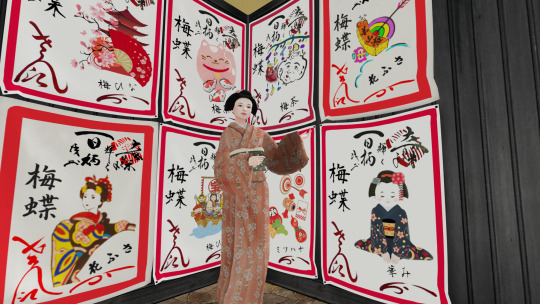
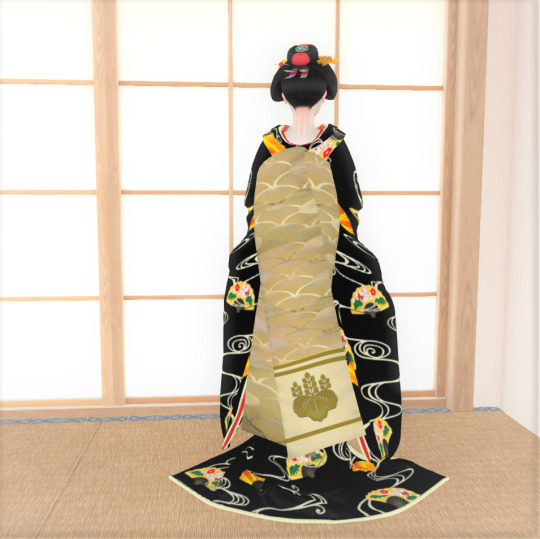

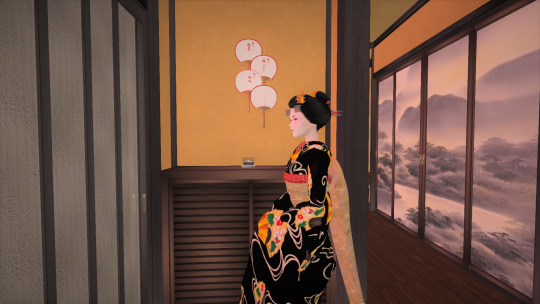
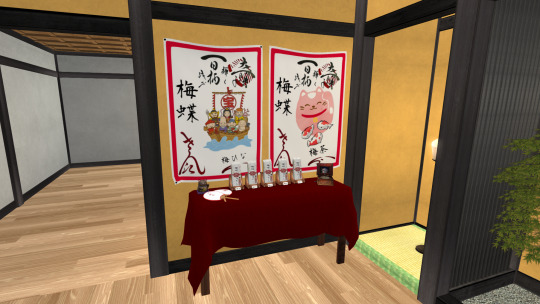
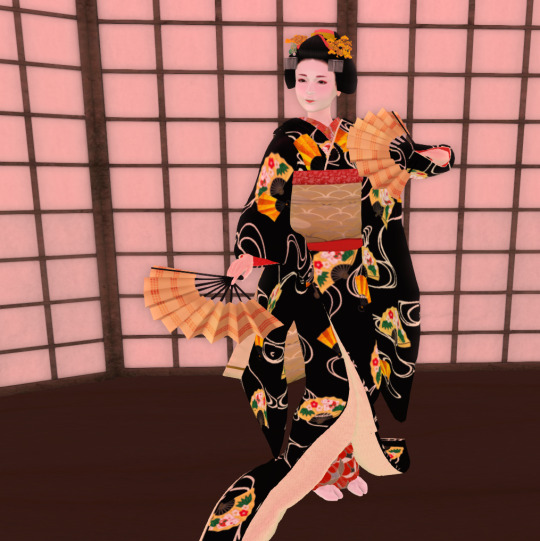


Omisedashi!
0 notes